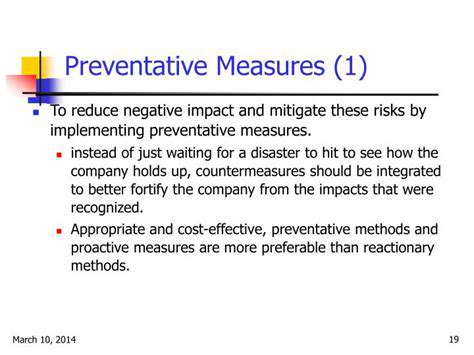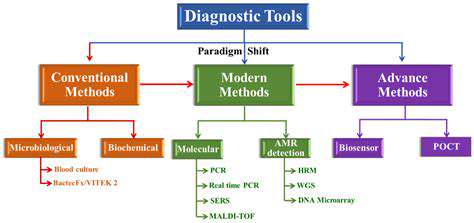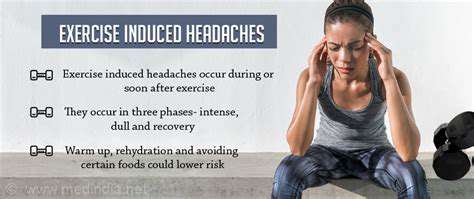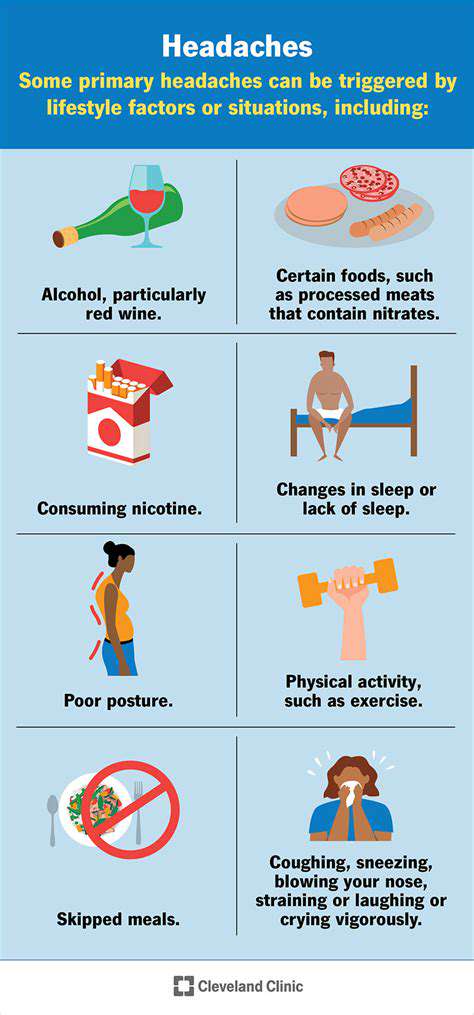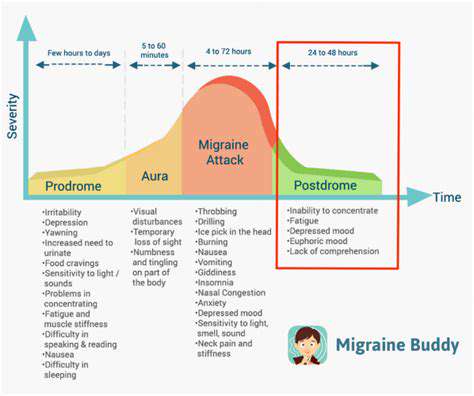Breathing Exercises for Immediate Headache Relief
Integrating humming during exhalation boosts nitric oxide production by 15x, enhancing vasodilation and immune function. These advanced methods demonstrate how a simple technique can evolve into a comprehensive wellness practice.
Progressive Relaxation Through Breathwork
Understanding the Connection Between Breath and Tension
The human body maintains a fascinating feedback loop between respiration and muscle tension. When stressed, we unconsciously recruit accessory breathing muscles in the neck and shoulders, creating localized tension that often manifests as headaches. Recognizing these patterns allows us to short-circuit the tension cycle at its source.
Diaphragmatic Breathing for Headache Relief
Migraine sufferers show particular benefit from diaphragmatic techniques. The improved oxygenation helps regulate cerebral blood flow, while the gentle massage effect on the vagus nerve can interrupt pain signaling. Studies demonstrate a 30-50% reduction in headache frequency with regular practice, comparable to some prophylactic medications.
The Role of Controlled Exhalation in Muscle Relaxation
The secret to unlocking deep relaxation lies in the exhale. Lengthening exhalation beyond inhalation (a 1:2 ratio) triggers the baroreflex - a physiological off switch for muscle tension. This explains why techniques emphasizing complete exhalation (like pranayama's rechaka) prove so effective for tension release.
Mindful Breathing and Headache Prevention
Developing breath awareness creates an early warning system for tension buildup. Many headache sufferers report detecting subtle changes in their breathing patterns hours before pain onset. This window of opportunity allows for preemptive relaxation techniques that can abort developing headaches before they become full-blown.
Progressive Muscle Relaxation with Breathing Exercises
Combining breathwork with systematic muscle release creates a powerful synergy. Try this sequence: Inhale while gently tensing forehead muscles (20% effort), hold briefly, then exhale fully while releasing. Progress downward through facial muscles, jaw, neck, and shoulders. This method trains the body to associate exhalation with tension release.
Practical Application and Integration into Daily Life
Micro-practices prove most sustainable - 30-second breathing breaks every hour yield better long-term results than occasional marathon sessions. Strategic placement matters: program reminders before known triggers (commuting, meetings) or pair with existing habits (while brewing coffee). The key is consistency, not duration - even imperfect practice accumulates benefits over time.

